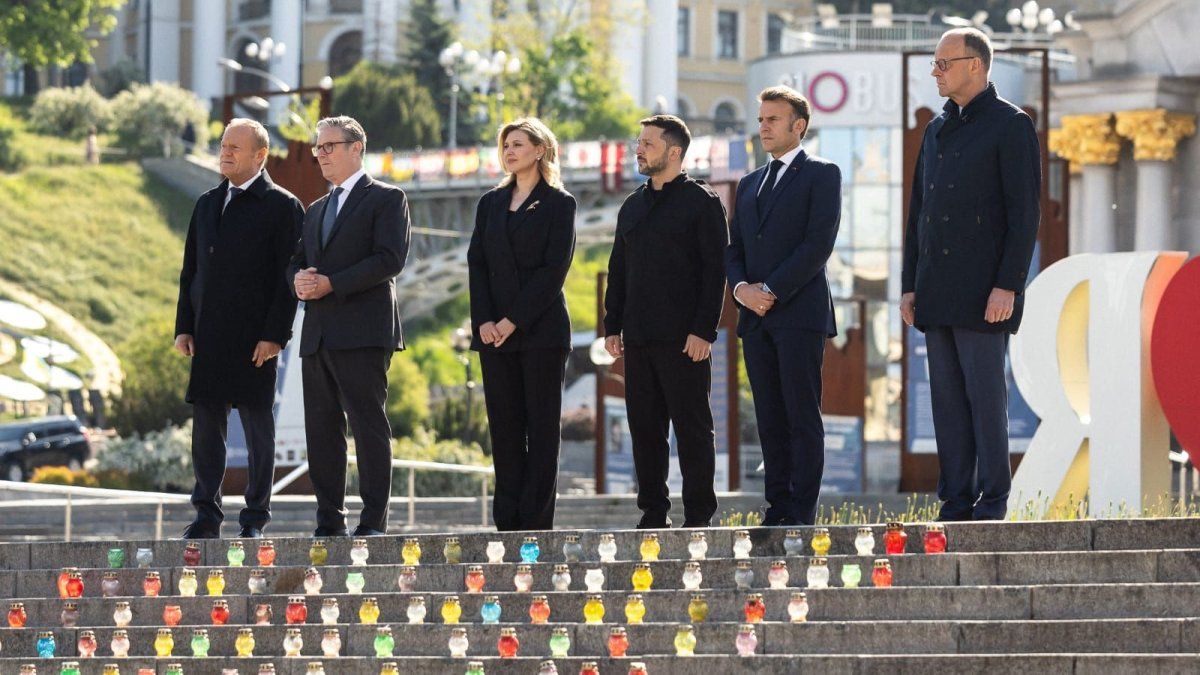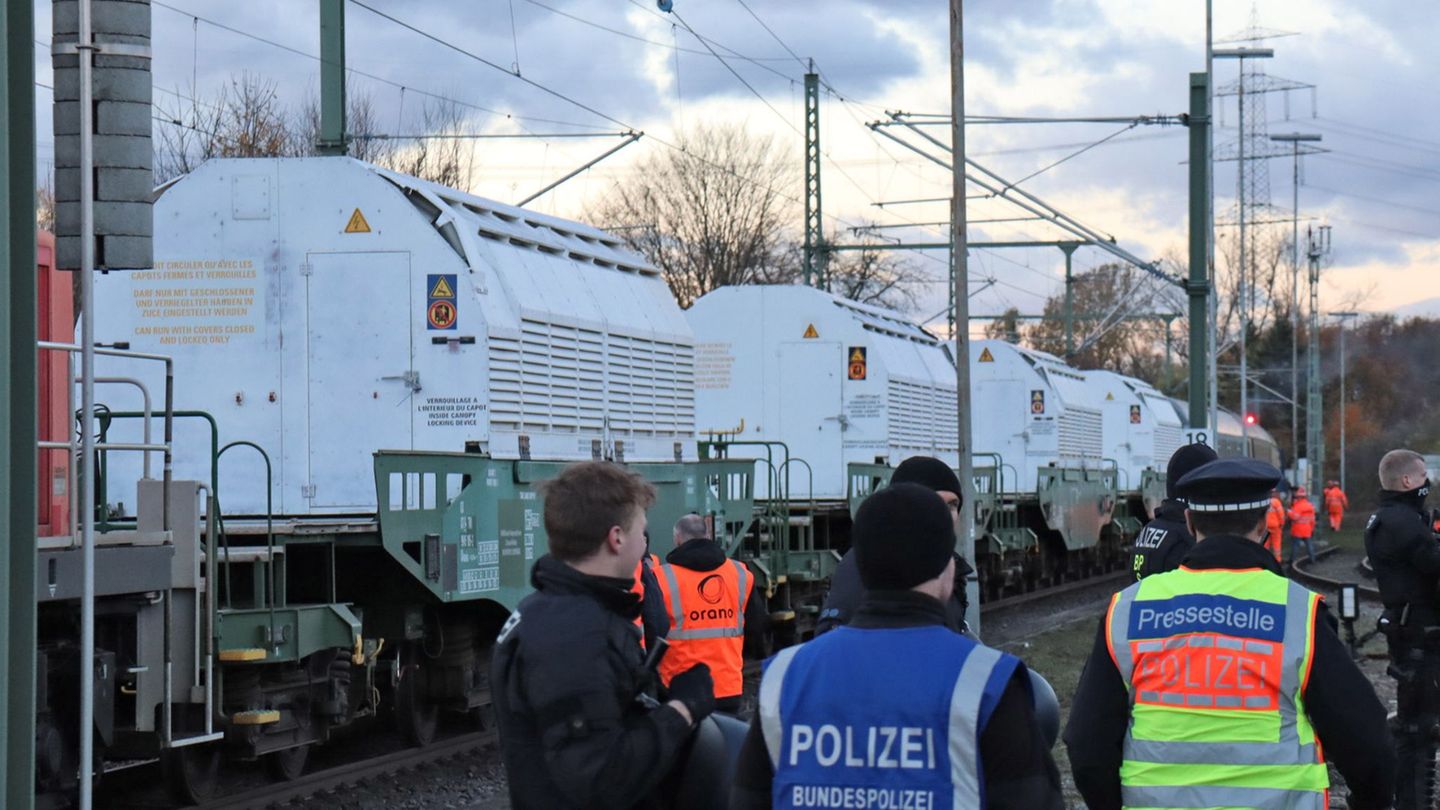I have been working in the news industry for over 6 years, first as a reporter and now as an editor. I have covered politics extensively, and my work has appeared in major newspapers and online news outlets around the world. In addition to my writing, I also contribute regularly to 24 Hours World.
Menu
Nuclear waste: After four years: A Castor train arrives in Germany
Categories
Most Read
After criticism: Spahn defends Merz’s statements on migration in the cityscape
October 18, 2025
No Comments
are Donald Trump and Vladimir Putin digging a common tunnel?
October 18, 2025
No Comments
Donald Trump reduces prison sentence for Republican George Santos
October 18, 2025
No Comments
Donald Trump wants to end the war in Ukraine “without thinking about tomahawks”
October 18, 2025
No Comments
Firewall for the AfD: This is what happened at the CDU retreat
October 18, 2025
No Comments
Latest Posts

Hardly any pension: These cohorts receive particularly little in retirement
October 18, 2025
No Comments
retirement These age groups receive the lowest pensions in Germany Listen to article Copy the current link Add to watchlist The statutory pension is usually

7th Bundesliga matchday: The chasing trio wins against BVB ahead of Bayern
October 18, 2025
No Comments
7th Bundesliga matchday The chasing trio wins before the top game between Bayern and BVB Everyone is looking forward to the Bundesliga summit between Bayern

European leaders reaffirmed their support for kyiv after Volodymyr Zelensky’s meeting with Donald Trump
October 18, 2025
No Comments
The president of Ukraine, Volodymyr Zelenskybriefed European leaders on their Friday meeting in Washington with the American, Donald Trump. They stressed the urgency of achieving
24 Hours Worlds is a comprehensive source of instant world current affairs, offering up-to-the-minute coverage of breaking news and events from around the globe. With a team of experienced journalists and experts on hand 24/7.

